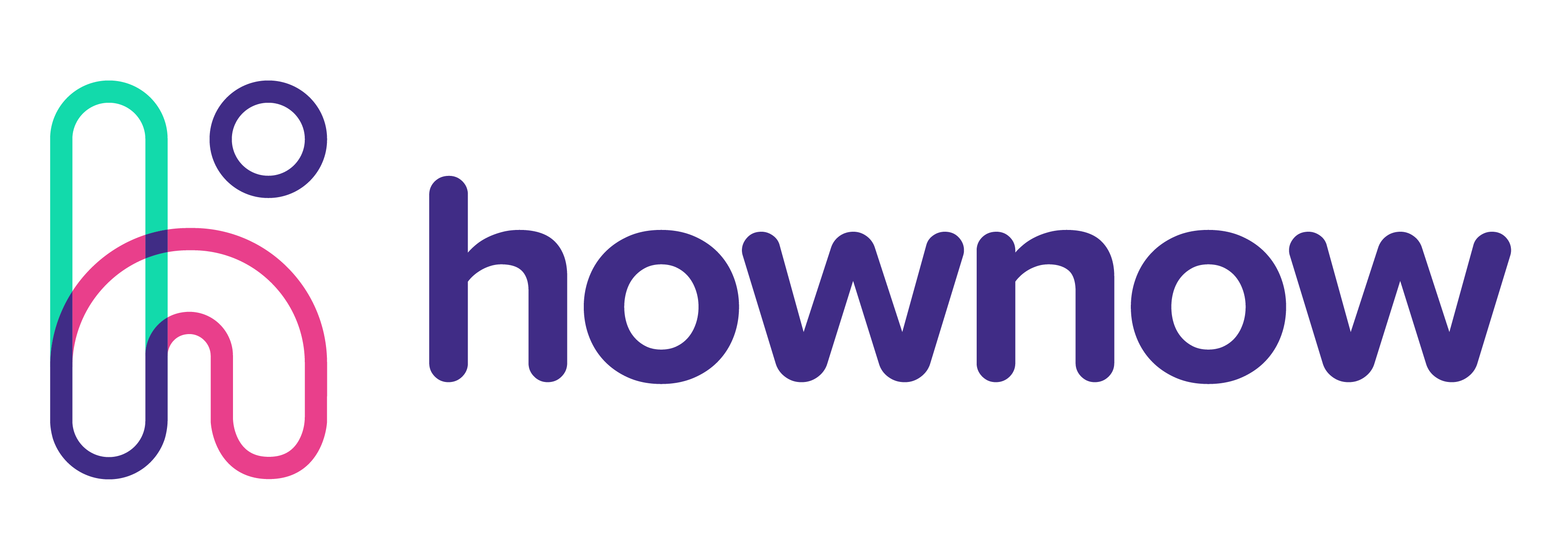Is the LMS a sinking ship? And are learning platforms the lifeboat?
“Compliance might save you from a lawsuit, but it won’t save you from disruption”. Is this the idea that’s caused a crisis of confidence in the traditional learning management system?
That’s how our CEO and Co-Founder Nelson Sivalingam described the situation when he joined Rita Trehan on the Daring To podcast. He’s right. In fact, it’s why so many start ups and scale ups are successfully disrupting some of the biggest industries. But before we get to that, we need some context around the journey of the LMS.
The issues with the traditional LMS
You’ve got to be eagle-eared when people talk to you about their experiences of learning at work. Because they’re often actually talking about their time using an LMS. For the last couple of decades, the LMS has been widely used for mandatory and compliance training. It’s a top-down, one-size model where all your learning flows in one direction and ultimately limits development.
However, there’s been a bit of an awakening in recent years. In particular with this idea that compliance isn’t enough to help you stay ahead of the curve. What you need is a culture where people are continuously learning and developing, able to find useful information when they need it. Sadly for the LMS and companies that use them, a lot of people realise that their existing platform and structure just doesn’t let this happen.
A good way to work out which camp you’re in is to ask an employee or colleague what comes to mind when you mention learning in the workplace. If they answer that it’s the thing they HAVE to do by the end of the month, you’ll know you’re lacking a learning culture.
What would learning look like if it was built today?
This idea is at the core of HowNow. A lot has changed about work, technology and how we consume it, so we have to take everything we’ve already discussed into account to answer this question.
Companies that realised they needed more than an LMS started hacking together various platforms to meet their learner needs and drive engagement. What they needed was a single point of access for all of their learning, not the software version of Frankenstein’s monster. Even your most motivated employees don’t know where to go and find the thing they need when they’re scattered across multiple places.
And that’s where we came in, one access point regardless of where your learning lives, even if that’s in a dozen places, a content library or plenty of different formats. When it’s all behind that one front door you can leverage data and AI to personalise learning to make it meaningful. A task that’s almost impossible for small teams who have to personalise your experience manually.
What that puts an end to is taking people out of the workflow to find knowledge in an LMS or take training. Instead, learning is sent to where people already work and can be found or shared regardless of where you spend most of your day. We empower people to do this by integrating with apps like Slack, Microsoft and Salesforce, to name a few. Ultimately, that’s a learner-first and not an admin-first approach.
Unleashing the potential of remote teams
Who knows if it will continue in the future, but 2020 has undoubtedly been the year of remote working. And it’s those people set up in home offices and at makeshift desks that can really benefit from an intelligent learning platform.
Newly remote teams are often surprised by just how much knowledge is locked up in the minds of their people. And so often they’re slacking each other the same questions again and again, just to get the same answers. When you centralise all this information in something like HowNow, you’re putting your company’s collective intelligence to work. You’re empowering a bottom-up approach to learning, where all your internal experts can contribute to your pool of knowledge.







